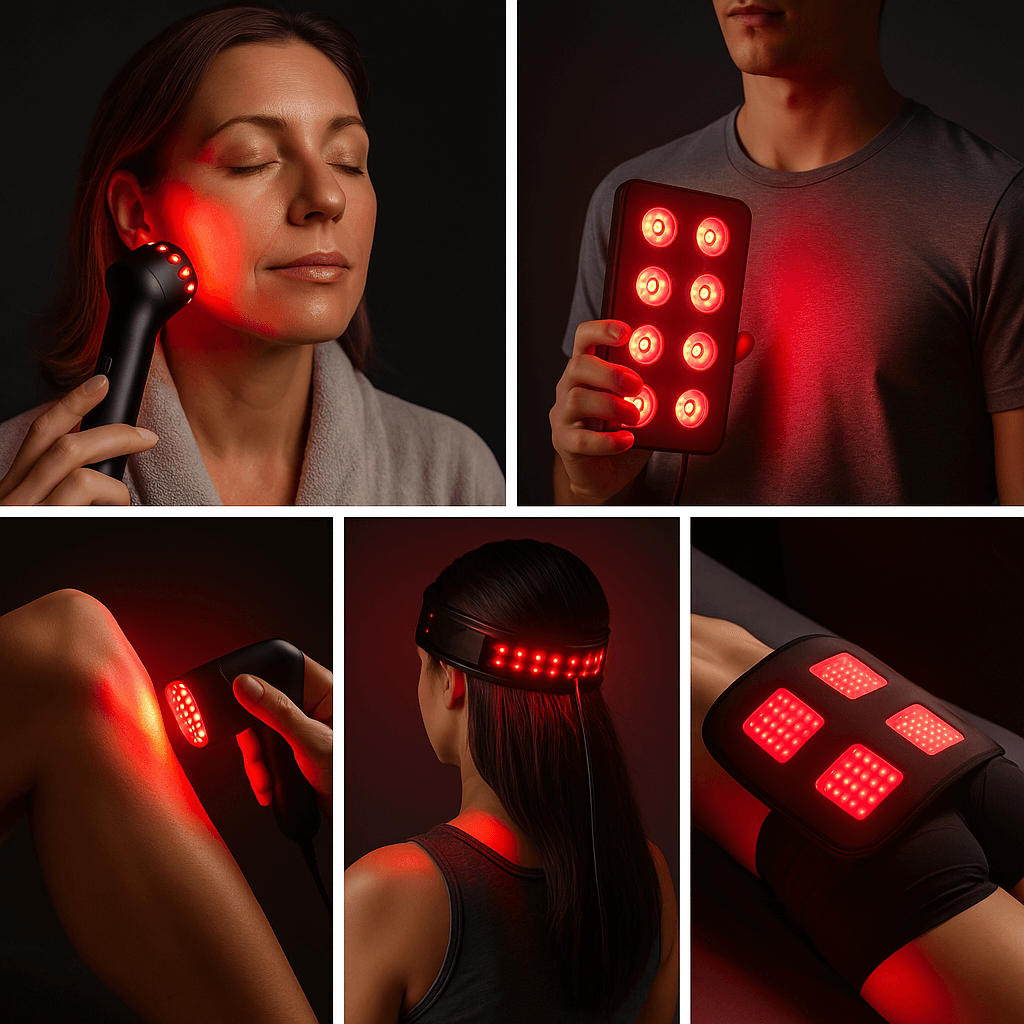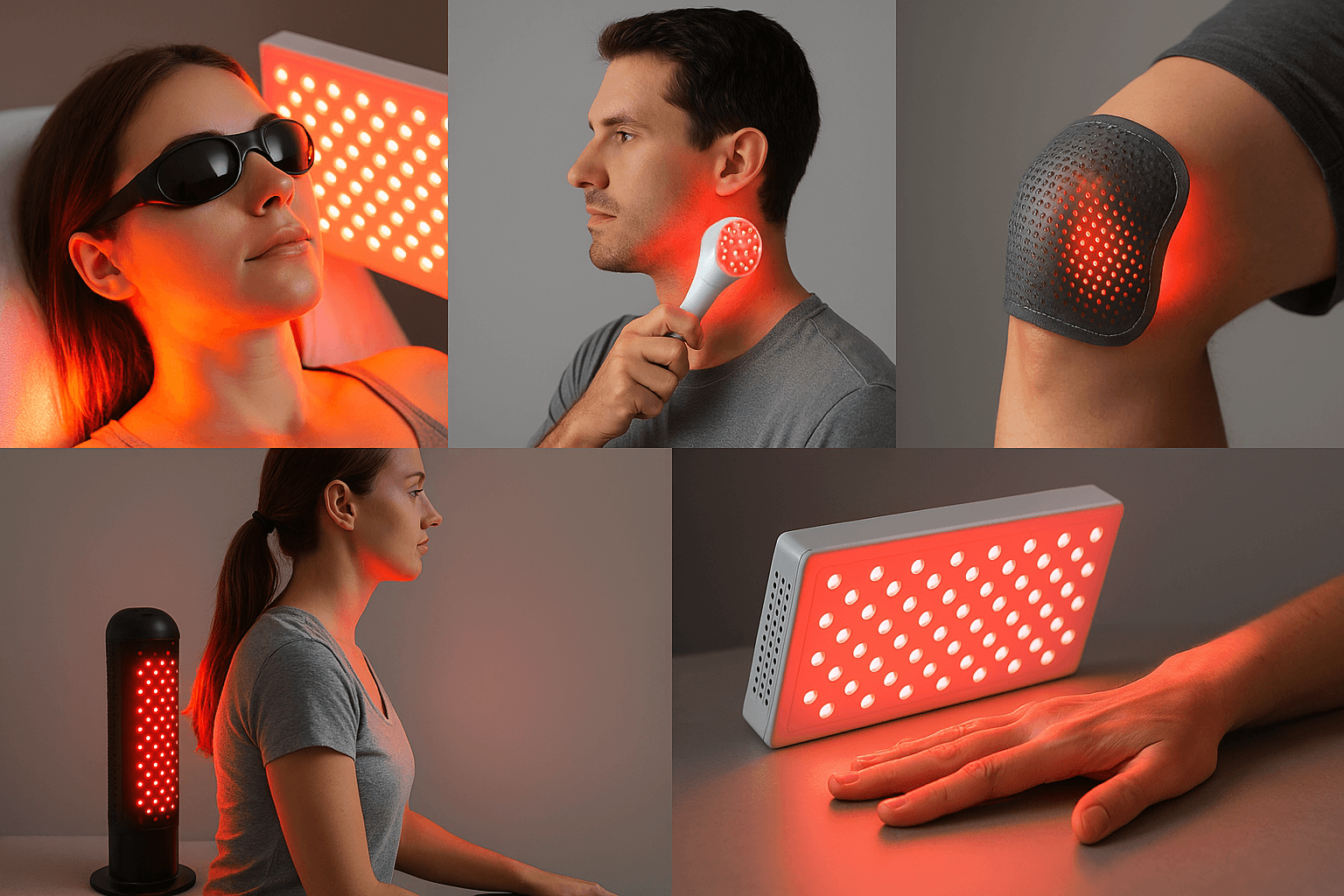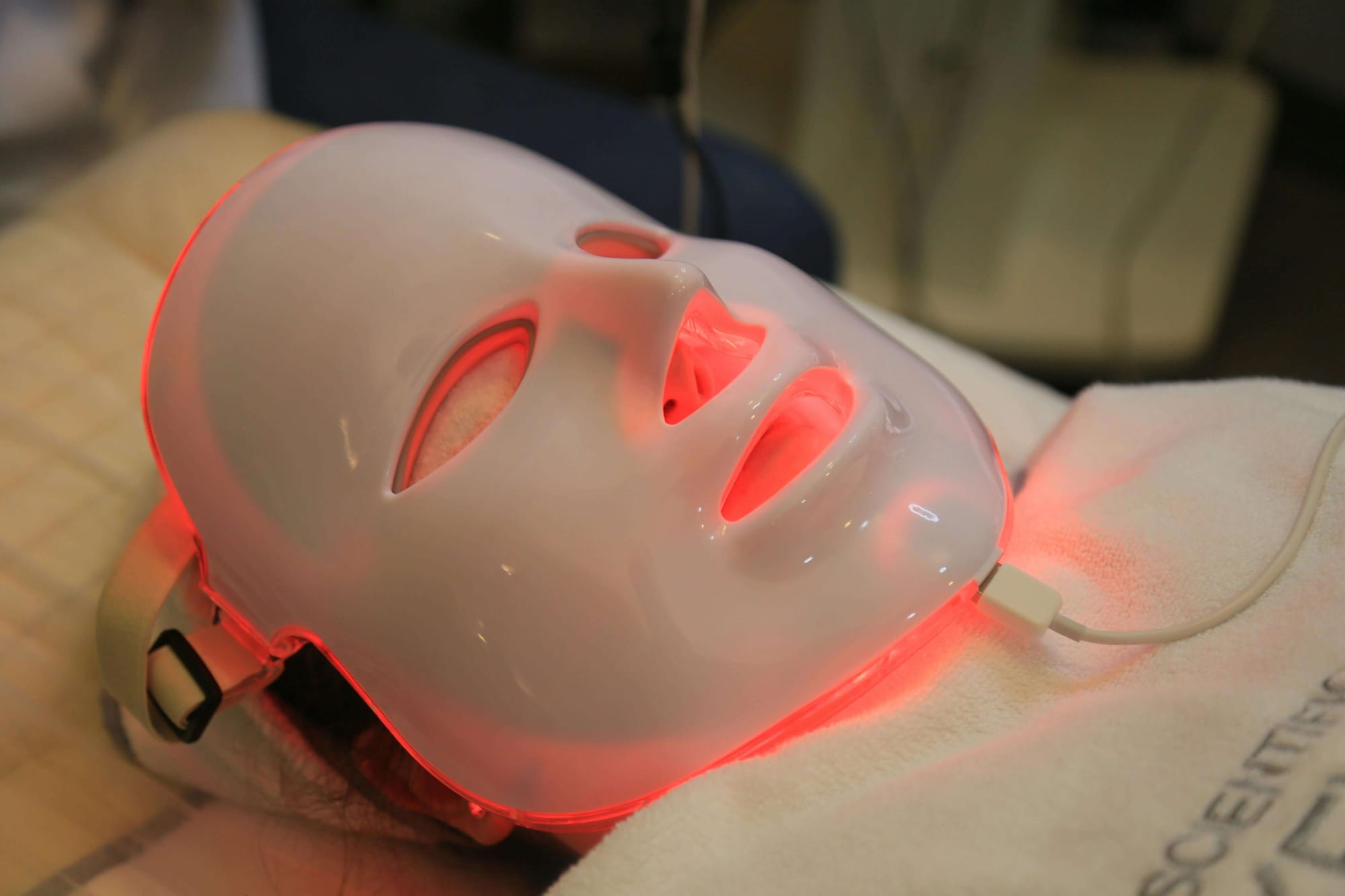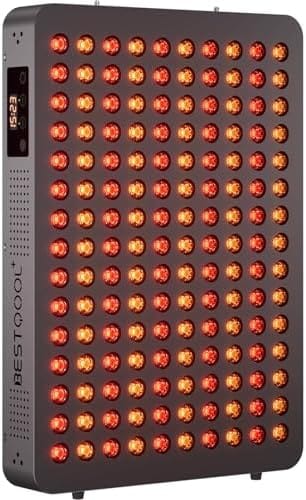Lighting the Path to Wellness: Illuminating Health with the Marvels of Photobiomodulation Devices
Illuminate the magic of light in cellular healing! Journey from history to cutting-edge applications in the world of photobiomodulation devices.
In the dance between science and nature, a fascinating partner has emerged—photobiomodulation (PBM). It’s a term that might sound like a blend of complex concepts, but in essence, it's a therapeutic dance of light and cells, revealing promising possibilities in the field of medical treatment. Photobiomodulation, also known as low-level laser therapy (LLLT) or cold laser therapy, brings the healing power of light to the cellular stage.
Ever wondered how light, the seemingly intangible and weightless phenomenon we experience every day, could become a beacon of hope for health and wellness? Let's embark on a journey through time and science to illuminate the captivating world of photobiomodulation.
Historical Background
To understand the present, we must first delve into the past. The use of light as a healing agent is not a recent discovery but a practice that spans centuries. From ancient civilizations basking in the sun for its rejuvenating effects to medieval physicians using sunlight to treat various ailments, the therapeutic potential of light has been recognized throughout history.
The roots of photobiomodulation as we know it today trace back to the early 20th century when scientist Niels Finsen earned a Nobel Prize for his work on light therapy, particularly in treating lupus vulgaris with sunlight. However, it was not until the latter half of the century that the term "photobiomodulation" gained prominence, encapsulating the intricate interplay between light and the human body at the cellular level.
As we journey through the annals of time, we witness the gradual unfolding of our understanding of light's profound impact on health—a journey that has paved the way for the sophisticated science of photobiomodulation.

Mechanisms of Photobiomodulation
So, how does this therapeutic dance between light and cells unfold? At the heart of photobiomodulation lies the intricate choreography within our cells, particularly in the powerhouse known as the mitochondria. Picture this: when exposed to low levels of red or near-infrared light, our cellular structures don't just idly bask in the glow—they engage in a dynamic performance.
The star of this show is undoubtedly the mitochondria, the cellular structures responsible for producing adenosine triphosphate (ATP), the energy currency of our cells. The magic happens when light interacts with the mitochondrial respiratory chain, a cascade of events that potentially boosts ATP production. In simpler terms, it's like giving our cells a revitalizing energy drink, sourced directly from the illuminating power of light.
But that's not the only act in this cellular theater. Photobiomodulation reveals its brilliance in orchestrating an anti-inflammatory symphony. Cells, influenced by the gentle touch of light, may embark on a journey of reduced inflammation, providing a potential pathway to alleviate discomfort and pain.
Think of it as a cosmic ballet, where light takes center stage, guiding the intricate movements of our cells and offering a symphony of healing responses—a dance that unfolds within us every time we bask in its glow.
Medical Applications
Now that we've glimpsed the elegant mechanisms at play, let's explore the diverse stages where photobiomodulation takes the spotlight in the medical world.
In the realm of musculoskeletal disorders, photobiomodulation emerges as a shining knight. Its potential for pain management and promoting healing in conditions such as arthritis and injuries has garnered attention from practitioners seeking non-invasive and innovative solutions.
Dermatology becomes a canvas for the therapeutic brush of light. Wound healing and tissue regeneration are areas where photobiomodulation showcases its ability to stimulate cellular repair, offering a promising palette of possibilities for those on a journey to recovery.
But the story doesn't end there. The neurological stage beckons, inviting researchers to explore the potential of photobiomodulation in supporting recovery from traumatic brain injuries and addressing the challenges of neurodegenerative disorders. It's a realm where the light of understanding is still dawning, promising new chapters in the quest for healing.
Picture a versatile performer, seamlessly transitioning from one act to another—pain relief, tissue regeneration, and neurological support—all under the enchanting spotlight of photobiomodulation.
Our Top Amazon Pic Here - The Bestqool Red Light Therapy
This is the Cadillac Model for your Photobiomodulation needs!
Devices and Technology
As we dive deeper into the world of photobiomodulation, it becomes apparent that the tools and technologies used in this therapeutic dance are as diverse as the applications themselves. Imagine an orchestra where each instrument plays a crucial role in creating a harmonious melody.
Low-level lasers and light-emitting diodes (LEDs) take center stage as the primary devices orchestrating the healing light. These devices, delicately designed to emit specific wavelengths of light, become the conduits through which the therapeutic effects of photobiomodulation are delivered.
Consider devices like handheld lasers or LED arrays, each designed for specific applications. The versatility of these instruments allows practitioners to tailor treatments to the unique needs of individuals, whether it's targeting a specific area for pain relief or promoting overall wellness.
In this symphony of healing, devices become the instruments, carefully tuned to deliver the precise wavelengths of light needed for each therapeutic act—a technological marvel that enhances the dance between light and cells.

Research and Evidence
Now, let's turn our attention to the backstage of science, where researchers are working tirelessly to illuminate the effectiveness of photobiomodulation. The spotlight shines on numerous studies that have unveiled promising insights into its potential benefits.
Research has shown that photobiomodulation can contribute to reducing inflammation, a critical factor in various health conditions. Studies exploring its impact on tissue repair and regeneration add another layer to the narrative, suggesting that this dance of light might hold the key to accelerating the healing process.
Consider the realms of pain relief and neurological support, where the evidence, while still evolving, hints at the potential of photobiomodulation to be a transformative force. It's a field where each study adds a new stroke to the canvas of understanding, creating a masterpiece of knowledge in the realm of light therapy.
In the world of research, each study is a brushstroke, contributing to the intricate tapestry of evidence that unveils the potential of photobiomodulation—a canvas that continues to expand with each scientific endeavor.

Practical Considerations
As we immerse ourselves in the enchanting world of photobiomodulation, it's essential to shed light on practical considerations for those contemplating this therapeutic journey. The first act on this practical stage is the importance of consultation with healthcare professionals.
Before stepping into the realm of light therapy, individuals are encouraged to seek guidance from healthcare practitioners who can provide personalized insights. While photobiomodulation shows promise, it's not a one-size-fits-all solution, and the expertise of a healthcare professional ensures that the treatment aligns with individual needs and conditions.
Picture this as a compass, guiding individuals through the vast landscape of options—healthcare professionals as trusted navigators on the journey to well-being.

Future Directions
As we reach the crescendo of our exploration, let's cast our gaze toward the future, where the story of photobiomodulation continues to unfold. Emerging trends and advancements in this field hint at a future where the therapeutic dance between light and cells takes on new dimensions.
Consider the potential integration of photobiomodulation with other medical treatments, creating synergies that amplify the healing effects. The collaboration between traditional medicine and the illuminating power of light might offer a holistic approach to health, marking a paradigm shift in how we perceive and treat various conditions.
In the realm of personalized medicine, the future holds the promise of tailoring photobiomodulation treatments to the unique genetic makeup and health profile of individuals. Imagine a treatment plan that resonates specifically with your body's symphony, offering a bespoke path to wellness.
The future of photobiomodulation is akin to an unfolding tapestry of possibilities, where innovation and collaboration weave a narrative that holds the potential to redefine our approach to health and healing.
Conclusion
In the grand finale of our journey through the world of photobiomodulation, we find ourselves standing at the crossroads of science, history, and healing. From its humble beginnings in the early days of light therapy to the current sophisticated applications, photobiomodulation has emerged as a captivating force in the quest for well-being.
As we close the curtain on this exploration, let the essence of photobiomodulation linger—a dance of light and cells, a symphony of healing. It's a story that unfolds within us, a tale of promise and potential that invites us to consider the profound effects of the gentle touch of light on our journey to health.
In the end, photobiomodulation is not just a treatment—it's an illumination, a radiant pathway toward a future where the healing power of light continues to guide us on our quest for wellness.
You Might Also Enjoy Reading This!



Disclaimer
Each of these products has been very carefully reviewed and selected by us at WellnessWishlist. All opinions in this article are our own, and we're proud to share them with you, however, all content is meant only to be informative and should not be taken as medical advice, nor used to diagnose, treat, and or prevent any health conditions. As Amazon associates, we may collect compensation from the affiliate links on this page, through qualifying purchases (that's how we stay in business). We truly hope you enjoy finding the next addition to your WellnessWishlist!






